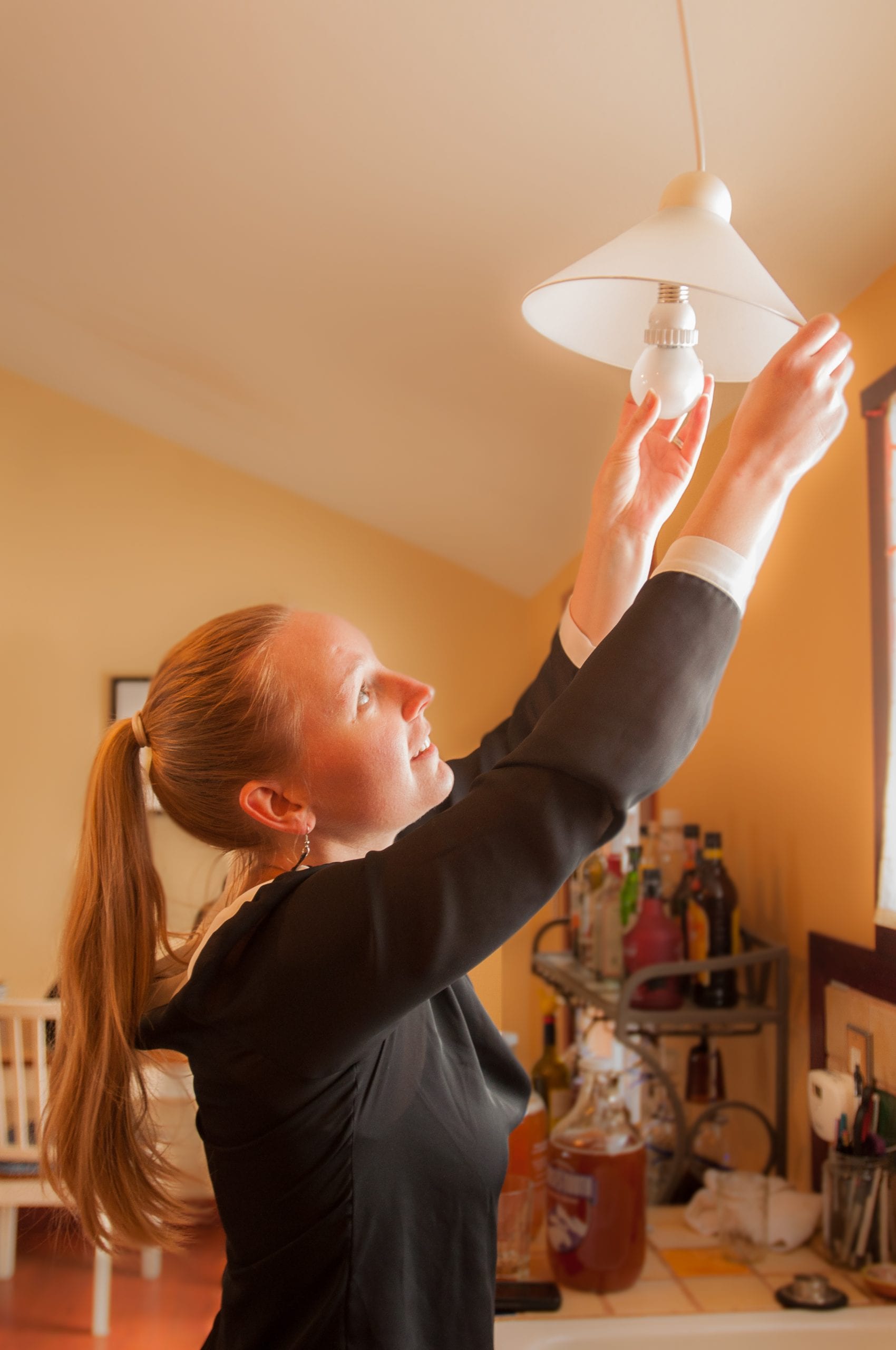Each year, Alaska’s residential and commercial sectors use an estimated 118 trillion BTUs of energy for power and space heat.
Of this, approximately 45 percent is used in residential buildings and 55 percent is used in public and private commercial buildings/facilities. Reducing building energy use by 15 percent would save nearly 18 trillion BTUs annually. At $2 per gallon for diesel fuel, a 15-percent energy efficiency improvement in residential, commercial and public buildings could save $260 million each year.
Alaska has had great success with energy efficiency programs over the last decade. In the residential sector, Alaska Housing Finance Corporation (AHFC) has led the way with Low Income Weatherization and Home Energy Rebate Programs. Between 2008 and 2018, these two programs provided efficiency improvements to more than 50,000 households across Alaska, resulting in an average energy savings of 30 percent, the creation of more than 4,000 jobs, and an estimated $56 million in energy savings to Alaska households per year.
A 15% energy efficiency improvement in residential, commercial and public buildings could save $260 million each year.
